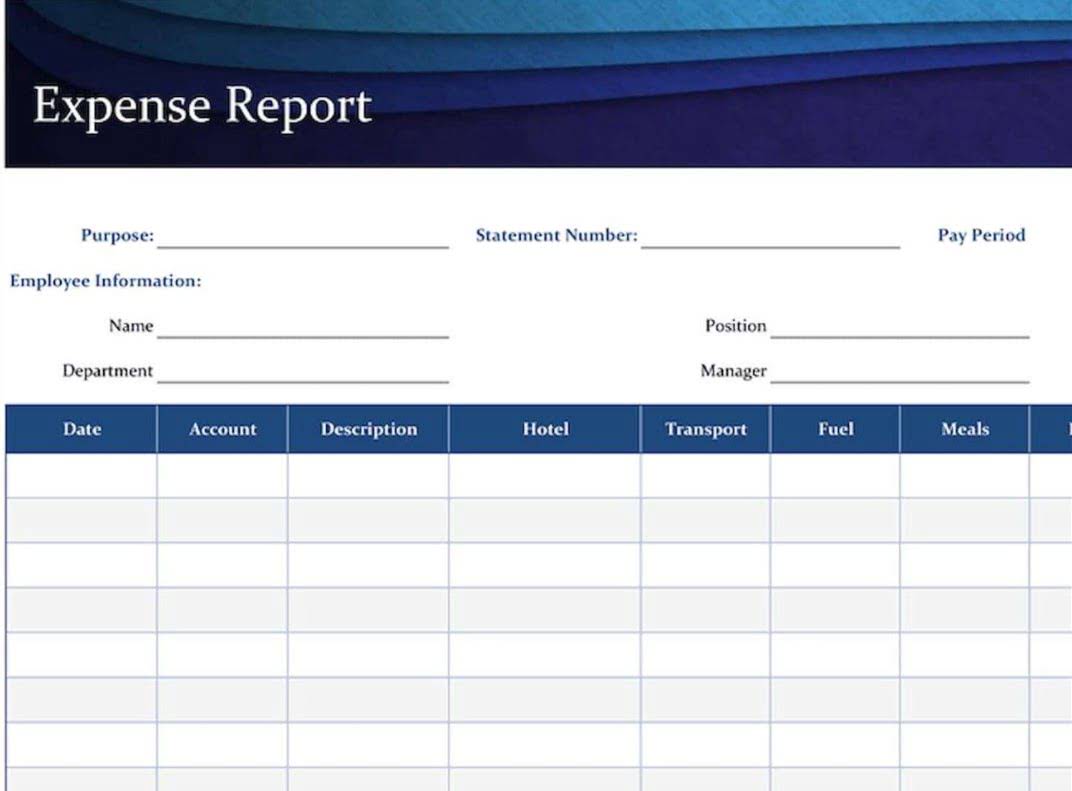
We’ll assume a discount rate of 12.0%, a time frame of 2 years, and a compounding frequency of one. Of course, both calculations could be proved wrong if you choose the wrong estimate for your rate of return. For example, if you are due to receive $1,000 five years from now—the future value (FV)—what is that worth to you today? Using the same 5% interest rate compounded annually, the answer is about $784.
Step 1: NPV of the Initial Investment
PV calculations make sure the inflationary impact is calculated from either the inflation rate or the expected rate of returns. The basic principle of bond pricing is that the price of a bond is the present value of its future cash flows. These cash flows include periodic coupon payments and the repayment of principal at maturity, all discounted back to the current day using a discount rate that reflects the riskiness of these cash flows. By comparing the present value of a bond’s cash flows with its market price, investors can determine if the bond is overpriced or underpriced, and thereby make informed investment decisions. It reflects the opportunity cost of capital, essentially the rate of return that could be earned on an investment of similar risk.
Net Present Value (NPV): What It Means and Steps to Calculate It
- One of the most common applications is in capital budgeting, where businesses assess the viability of long-term projects.
- This rate, when compounded over time, affects the future value of the money, which we subsequently discount to get the present value.
- Present value is the today’s value of a stream of cashflows expected to occur sometime in the future.
- The discount rate value used is a judgment call, while the cost of an investment and its projected returns are necessarily estimates.
- For the PV formula in Excel, if the interest rate and payment amount are based on different periods, then adjustments must be made.
- In other words, it computes the amount of money that must be invested today to equal the payment or amount of cash received on a future date.
- The next argument is left blank (you will see its use in the upcoming section) and finally, the future value is entered as the fourth argument.
The Present Value (PV) is a measure of how much a future cash flow, or stream of cash flows, is worth as of the current date. The term present value formula refers to the application of the time value of money that discounts the future cash flow to arrive at its present-day value. By using the present value formula, we can derive the value of money that can be used in the future. The discount rate is highly subjective because it’s the rate of return you might expect to receive if you invested today’s dollars for a period of time, which can only be estimated. If offered a choice to receive a certain sum of money right now or defer the payment into the future, which would you choose? In the financial world, this is explained by the time value of money concept.
Example of Calculating NPV
The NPV function calculates the present value for varying cashflows that you can individually specify. The PV function of Excel can calculate the present value only for a similar set of cashflows. Inversely, if you supply the pmt or the fv argument as a positive number, the output of the PV function will be a negative value. Step 5) As the fv argument, refer to the future value we are expecting to occur at the end of Year 3 i.e., $10,000. Had we done the same under the Annuity Due model (payments occurring at the beginning of the period), the present value would have changed.

Can the present value formula be used for any cash flow?
By evaluating the present value of projected cash inflows, investors can analyze and compare different investment options on equal footing. This forms a vital part of the decision-making process in investment since it enables a more streamlined comparison of different investment opportunities. Remember that present value demonstrates the concept of time value of money, that is, a dollar today is worth more than a dollar tomorrow. Thus, it is inversely proportional to both the interest rate and the number of periods.

Such series of payments (either inflow or outflow) made at equal intervals is called an annuity. A positive NPV indicates that the projected earnings from an investment exceed the anticipated costs, representing a profitable venture. A lower or negative NPV suggests that the expected costs outweigh the earnings, signaling potential financial losses. Therefore, when evaluating investment opportunities, a higher NPV is a favorable indicator, aligning to maximize profitability and create long-term value. For example, IRR could be used to compare the anticipated profitability of a three-year project with that of a Online Accounting 10-year project.
Positive NPV vs. Negative NPV
Step 4) For the pmt argument, refer to the lease payments to be made each year. A stream of cashflows occurring at equal time intervals is called an annuity. Since you are making these payments over 3 years and not today, they need to be discounted to today’s value. The fair value of the car you’re leasing is equal to the present value of the lease payments.

NPV vs. PV Function

In other words, it computes the amount of money that must be invested today to equal the payment or amount of cash received on a future date. Beyond corporate finance, present value is also pivotal in personal financial planning. Individuals use it to evaluate retirement savings plans, comparing the future value of different investment options. This empowers individuals to make informed choices that align with their financial goals and https://www.bookstime.com/articles/full-charge-bookkeeper risk tolerance.
The Present Value Function
The initial amount of borrowed funds (the present value) is less than the total amount of money paid to the lender. At first, the choice seems simple to Mr. A to select investment option C. Still, investment in hedge funds also involves the risk of loss that needs to be considered, which means there is no guarantee that investors will earn expected future returns. While Option A and B, which are bank deposits and investment in government bonds, may not provide expected returns but include very low risk on investment. For example, if your payment for the PV formula is made monthly, then you’ll need to convert your annual interest rate to monthly by dividing by 12. Also, for NPER, which present value formula is the number of periods, if you’re collecting an annuity payment monthly for four years, the NPER is 12 times 4, or 48.


